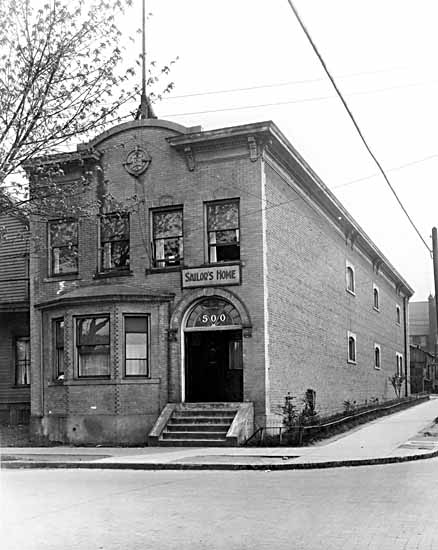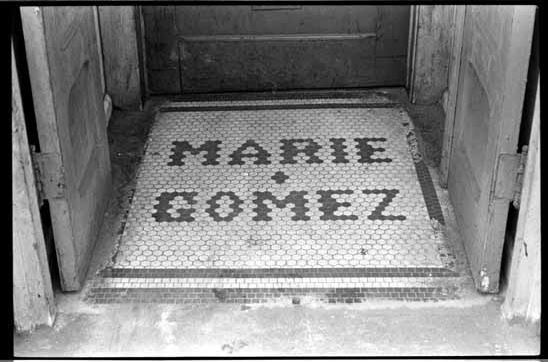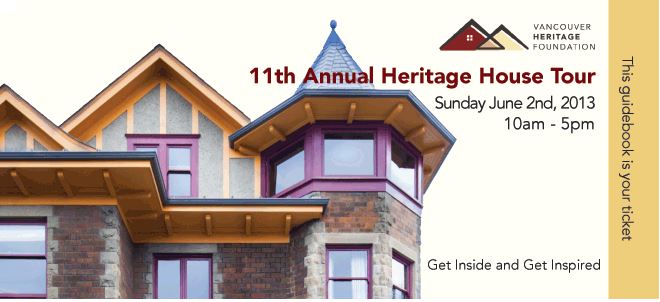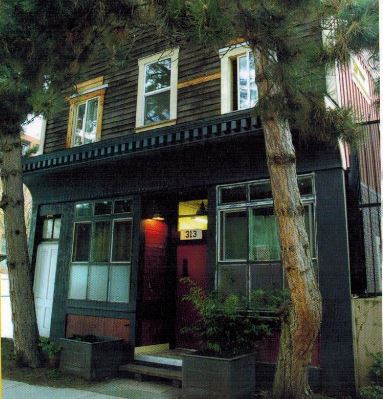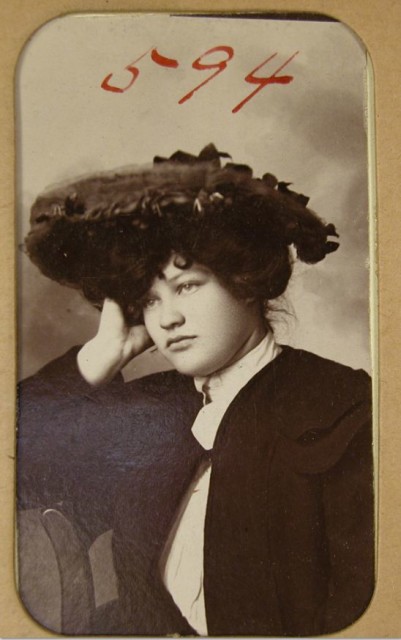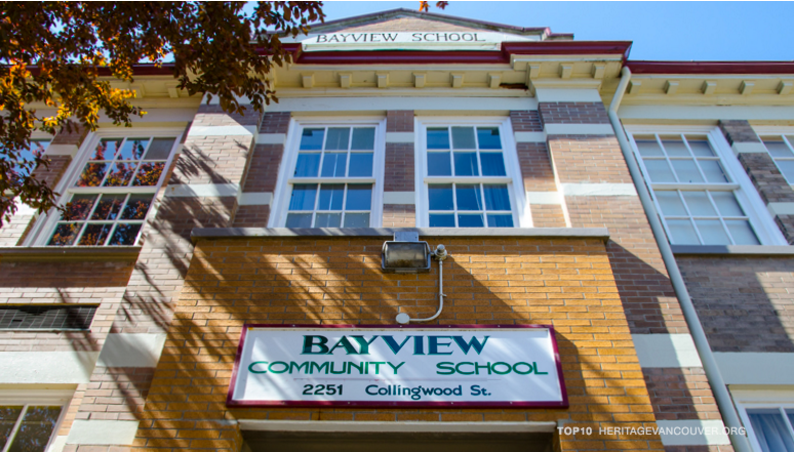
Not all the buildings are that old either. There’s the 1978 Crown Life Plaza, St. Stephen’s United Church built in 1964, and the 65-year-old art deco Salvation Army Temple.
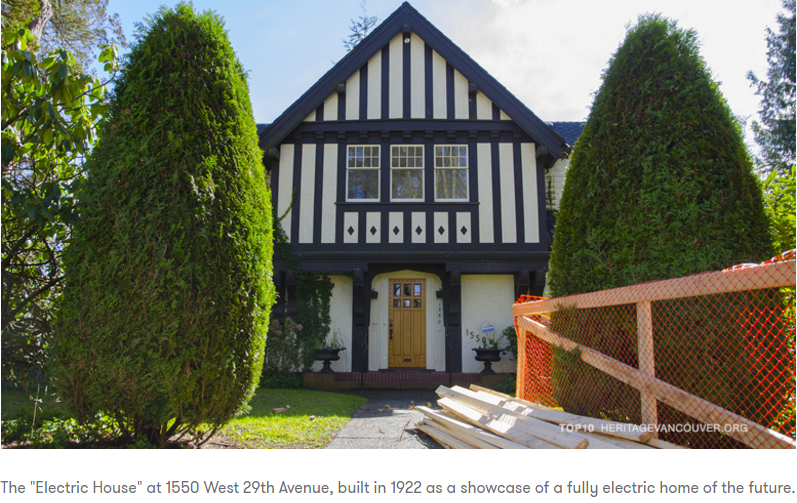
The 63 remaining Townley & Matheson homes claim a spot—represented by 1550 West 29th, built in 1922 to showcase the use of electricity and which Heritage Vancouver calls “demolition derby.”
Chinatown and Commercial Drive also make the list, as does the Red Light District of Alexander Street, one of the most interesting of all, and an area I studied extensively for Sensational Vancouver.
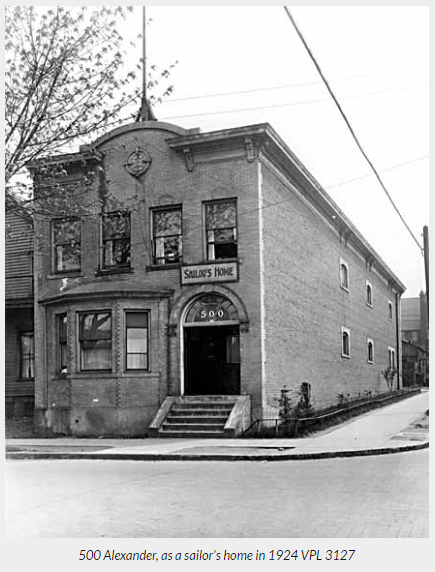
In 1913, Chief Rufus Chamberlin wrote in a report called “Social Evil” that “there is no restricted district in the City of Vancouver at this time.”
Clearly no one had told the dozen or so madams who had either renovated existing buildings or built luxurious and expensive brothels along Alexander Street. In 1912, a time when there were few opportunities for women, brothel keeping was an attractive proposition. Dolly Darlington bought a sturdy brick building at the corner of Alexander and Jackson. The one at #504 was designed for Kathryn Maynard by William T. Whiteway, the same architect who designed the Sun Tower, while Alice Bernard hired Woolridge and McMullen architects to design and build a two-storey brick rooming house.
These three buildings still exist, as do three others in the 600-block.
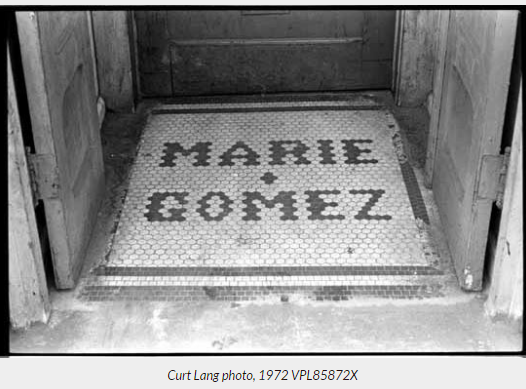
Others, such as the ones owned by Fay Packard and Marie Gomez’s House of Nations, named for her multi-cultural employees, are long gone.
The lists and the tours are certainly raising awareness, but I was curious whether they are actually working. Heritage Vancouver’s Patrick Gunn says past wins include Carleton Hall Arthur Erickson’s 1980 Evergreen building, but otherwise it’s hit and miss.
He sent me this list from the first tour in 2001 as an illustration:
1.Firehall 13 & 15: one lost, one saved
2. James Shaw House (1894): saved and restored
3. Alexandra Park Cottages: lost
4. VGH Heather Pavilion: ongoing
5. Opsal Steel (1918): saved
6. BC Electric Showroom (1928): saved
7. Pantages Theatre (1907): lost
8. Stanley Park structures: various stages
9. 100-block West Hastings, Ralph Block (1899): saved
10. Ridley House (1911): lost, illegal demolition
© All rights reserved. Unless otherwise indicated, all blog content copyright Eve Lazarus.




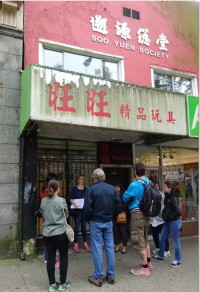 Cat has access to the Museum’s records which include arrests by the morality squad in the 1920s. She put these records to good use on the tour, finding (with some help from John Atkin), a still-standing brothel on Dupont (now Pender) once owned by Dora Reno. Dora was one of Vancouver’s earliest madams. She appears in
Cat has access to the Museum’s records which include arrests by the morality squad in the 1920s. She put these records to good use on the tour, finding (with some help from John Atkin), a still-standing brothel on Dupont (now Pender) once owned by Dora Reno. Dora was one of Vancouver’s earliest madams. She appears in 